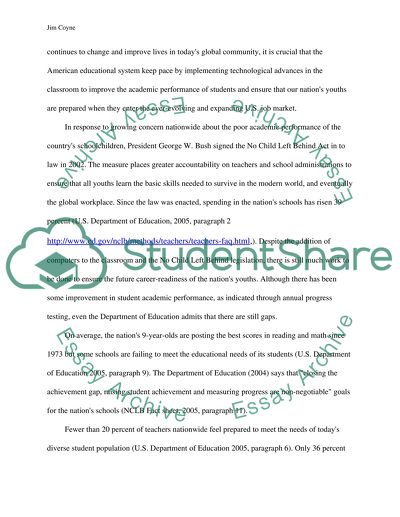Cite this document
(Computers in the Classroom and the Need for Improved Teacher Training Coursework, n.d.)
Computers in the Classroom and the Need for Improved Teacher Training Coursework. Retrieved from https://studentshare.org/education/1535720-educational-use-of-information-technologies
Computers in the Classroom and the Need for Improved Teacher Training Coursework. Retrieved from https://studentshare.org/education/1535720-educational-use-of-information-technologies
(Computers in the Classroom and the Need for Improved Teacher Training Coursework)
Computers in the Classroom and the Need for Improved Teacher Training Coursework. https://studentshare.org/education/1535720-educational-use-of-information-technologies.
Computers in the Classroom and the Need for Improved Teacher Training Coursework. https://studentshare.org/education/1535720-educational-use-of-information-technologies.
“Computers in the Classroom and the Need for Improved Teacher Training Coursework”. https://studentshare.org/education/1535720-educational-use-of-information-technologies.


